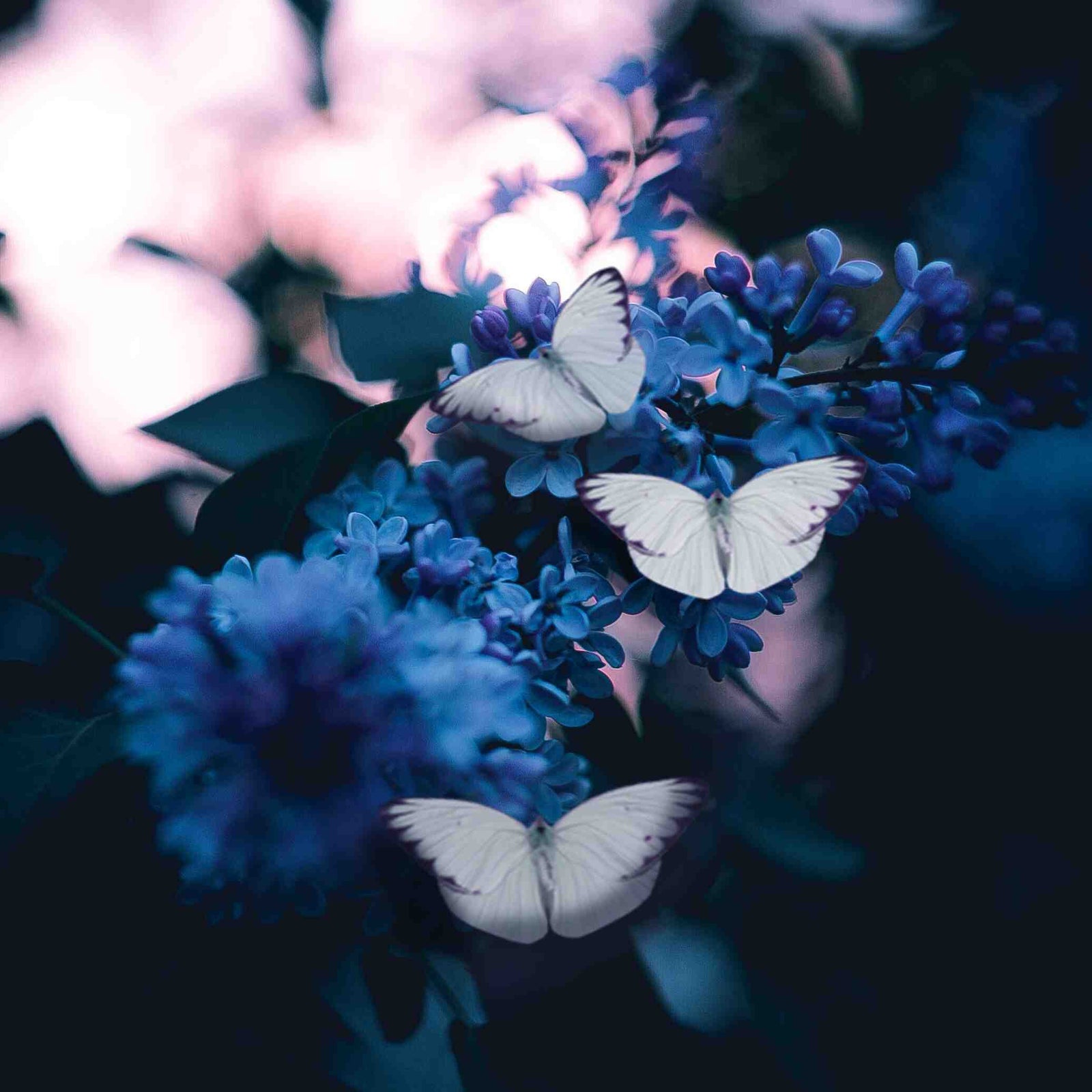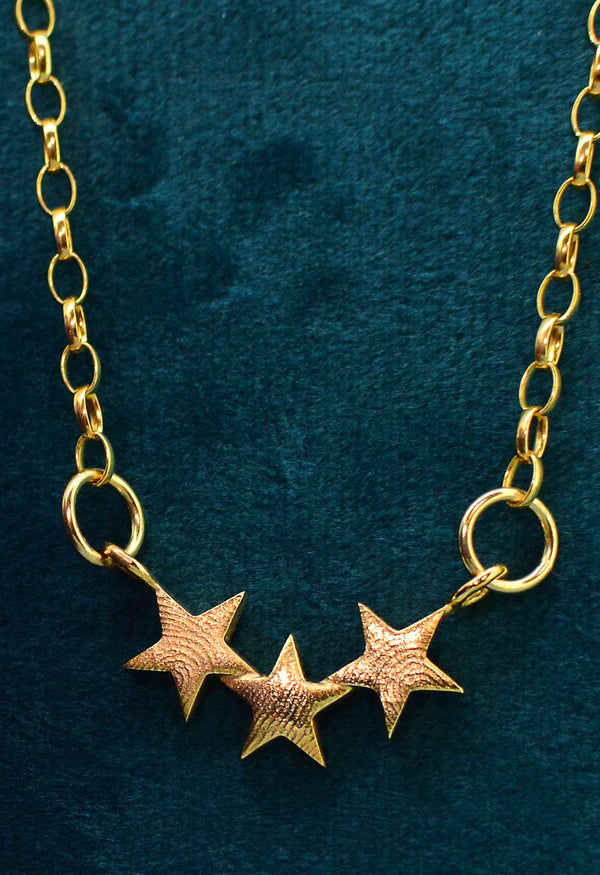Your Cart is Empty
~ Waiting List in Operation ~ Please Ask Before Ordering ~
~ Personalised jewellery to treasure forever ~
~ Waiting List in Operation ~ Please Ask Before Ordering ~
~ Personalised jewellery to treasure forever ~

The Big Butterfly Count and 10 Butterflies to Look Out for This Season
July 16, 2018 4 min read
There’s nothing that quite says summer is truly here than the arrival of butterflies in the garden. Although they start to appear from spring onwards, their numbers really explode once the long, hot rolling days of summer arrive. Particularly, if like me, you’re surrounded filled with lavender, poppies and wild flowers.
Magical, whimsical, beautiful, delicate wisps. Flying flowers in a myriad of colours.
Capturing imaginations and inspiring joy.
Butterfly spotting is not something new to me. It’s something I’ve done since I was small.
I remember going out to Pick Your Own strawberry fields and watching in delight as they danced over the fruit and flowers and on one occasion, I was lucky enough to catch a pretty, yellow, lacy creature in my two cupped hands.
I watched it in amazement as it tiptoed over my fingers for a while, before watching it take back off to the skies.
Butterfly spotting these days has taken on a rather more formal approach. That’s not to say you can’t still delight in just watching them, but while you are watching them, there is something you could do:
Once a year in the UK, the Butterfly Conservation Charity runs an event called The Big Butterfly Count. A survey aimed at finding out how many butterflies people spot across the whole of the country. This year running from the 19th of July to the 11th of August, it has now become the biggest butterfly survey in the world.
And it’s really simple to take part.
Count the number of each different butterfly species that you see around you for just 15 minutes on a bright, sunny day.
Then send your results in to The Big Butterfly Count either via their website (www.bigbutterflycount.org) or their special smartphone apps (which is super easy and what we do here).
Their website has a beautiful PDF identification chart that you can download, but just in case you’d like some extra information, here’s my list of species throughout the UK that continue to thrive all-year-round.
- Red Admiral
This prestigious butterfly features marbled white wings with an attractive red stripe across the centre. While many butterfly species have begun to decline in recent years, the Red Admiral has some serious fighting spirit. In fact, more than 73,000 of these butterflies were spotted in 2015. You'll see them sitting on rotting fruit or nestling on flowering ivy.
- Brimstone
With such a spooky name, it's no wonder that Brimstone butterflies do well in the Halloween months. The bright rich yellow colouring of a male Brimstone helps them to stand out in any garden, while the softer shades of the female often mean that they're confused with large whites. The wing shape and delicate veining on these butterflies often make them look like leaves from a distance.
- Brown Hairstreak
The female brown hairstreak butterfly knows how to accessorise with golden orange flashes on their upper wings. Alternatively, the adult male is entirely brown in colour. Both males and females like to spend time in a group, often relaxing on an ash tree close to a breeding colony.
- Comma
The Comma is an orange and brown butterfly that's easy to identify with it's ragged-edge wings that allows it to hibernate hidden from sight among dry leaves. The species can thrive in just about any season including winter, and it's been growing ever since the 20th century. You can find Commas flying around in open woodland, looking for delicious treats to nibble on.
- Small Heath
The Small Heath butterfly knows the dangers of flying too close to the sun. That's why you can find it hovering low to the ground, often among over-grown patches of grass. Adult Small Heath butterflies appear all the way through September in some parts of England, though their numbers peak in the July and August months. You may see a few of these butterflies hitting the beach near some coastal dunes.
- Small Tortoiseshell
The small tortoiseshell is one of the most common and robust butterflies in Britain. With bright orange wings and black spots, this popular butterfly thrives as the "urban" inhabitant of Britain. While it can happily settle down in some nearby shrubbery, the small tortoiseshell can also be found in deserted railways and railway embankments, feeding on the common nettle.
- Speckled Wood
The speckled wood is a notorious sunbather. Males often spend their time perched on walls and trees, wings spread open to soak up the sun in summer. However, this butterfly can also survive through the later months of the year too, particularly if it's got plenty of dense woodland to enjoy. Both males and females enjoy feeding on honeydew in treetops across Britain.
- Wall Brown
The Wall Brown butterfly might not have the brightest wings in the world, but it sure knows how to camouflage. During the summer months, the male brown speckled butterfly likes to patrol its territory, seeking out unattended females for courtship. In cooler weather, both males and females like to seek out any sunlight they can find and make the summer last for as long as possible.
- The Painted Lady
The painted lady (unfairly named for fans of gender equality), is one of the largest butterflies to appear in Britain throughout the Autumn months. The wings are often orange, brown, and pink in colour. Some painted ladies also have hints of blue and white in their patterns. Painted ladies are true chameleons, capable of thriving in almost any habitat. However, they're particularly drawn to areas with plenty of thistles for food.
- Large White
Finally, the large white is a very mobile species of butterfly which appears all over Britain. This happy traveller generally thrives best in April to June. However, they can also appear throughout October too, particularly if there are any leftover flowers to snack on. The larvae of the large white is known for its incredible appetite. These butterflies are often the ones responsible for chewing up the leaves in your cabbage patch or destroying your cauliflower.
Leave a comment
Comments will be approved before showing up.
Subscribe
Sign up to get the latest on sales, new releases and more …

Join the Club
WE'RE SO PLEASED TO SEE YOU!
Stay a while and look around.
While you're here, why not subscribe to our newsletter?We'll give you £20 off your first order, VIP access to new products, and access to our very special sample sales.We promise not to annoy you (honest).
